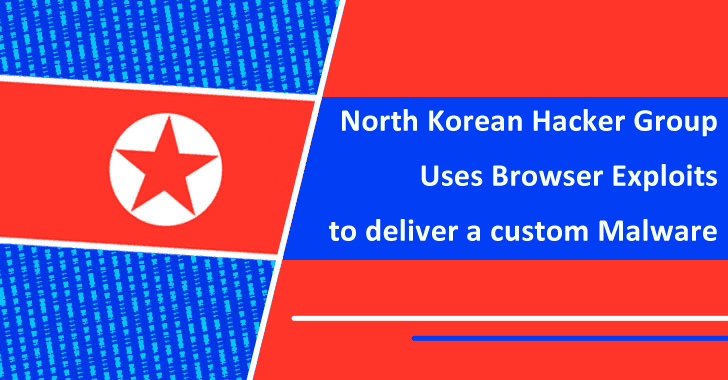The security experts of the cybersecurity firm, Volexity have recently reported an attack through which the North Korean Hacker Group using browser exploits to deploy the customer malware on the website.
It’s a very well-known North Korean hacker group that was behind this attack, not only this but they also have a limited number of victims utilizing exploits for vulnerabilities in a web browser to deliver custom malware.
The threat group behind this attack was called InkySquid, and they are using this exploit since 2020 in attacks against the Internet Explorer browser to download obfuscated Javascript code that is generally hidden inside the legitimate code.
SWC Activity
According to the security researchers, in April 2021 Volexity has recognized suspicious code that was loaded through www.dailynk[.]com to ill-disposed subdomains of jquery[.]services.
There are two types of URLs that have been found, and that’s why we have mentioned them below:-
- hxxps://www.dailynk[.]com/wp-includes/js/jquery/jquery.min.js?ver=3.5.1
- hxxps://www.dailynk[.]com/wp-includes/js/jquery/jquery-migrate.min.js?ver=3.3.2
The threat actors’ attacks have involved code that was only attached for a very short period of time, and soon after the operation, it was quickly removed.
According to the report of the analysts, making a description of this activity is quite difficult as the ill-disposed content was hard to identify.
Security flaws
- CVE-2020-1380 (CVSS score: 7.5) – Scripting Engine Memory Corruption Vulnerability
Initially, Volexity was able to recognize the malicious code, and the threat actor was seen using the CVE-2020-1380, an exploit for Internet Explorer.
- CVE-2021-26411 (CVSS score: 8.8) – Internet Explorer Memory Corruption Vulnerability
This CVE was used, in another exploit that is targeting the Internet Explorer as well as the legacy versions of Microsoft Edge. However, the redirect code was fixed up in a similar way as it was placed in the CVE-2020-1380.
Subdirectory names used
Below we have mentioned the subdirectory names used by the hackers:-
- logo
- normal
- background
- theme
- round
Data gathered
Here’s the list of data that were gathered by the threat actors:-
- Username
- Computer name
- OS version
- Web IP
- Local IP of default interface
- LocalTime
- Whether the implant binary is 32 or 64 bit
- Process SID authority level
- Process filename
- List of AV products installed
- Whether the infected machine has VM tools running
BLUELIGHT
The threat actors have implemented many attacks, and that’s why they have used a different subdomain of jquery[.]services so that they can host a new and novel malware family.
The security researchers pronounced that the “history” file was an XOR-encoded (0xCF) copy of a custom malware family and both the malware developer as well as the Volexity assign to as BLUELIGHT.
The BLUELIGHT is generally used as a secondary payload that normally follows the successful performance of the Cobalt Strike. However, these strikes were generally used as an initial payload in both cases of exploitation.
In BLUELIGHT’s operations, the threat actors generally used the Microsoft Graph API for Microsoft 365, Office, and other services. As per the report of Volexity, a North Korean threat group, named as ScarCruft or APT37, is also behind the InkySquid attacks.







